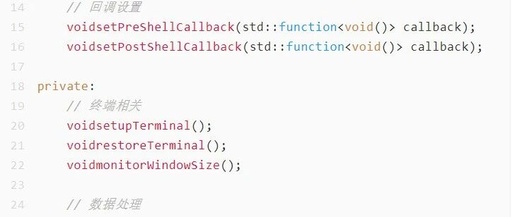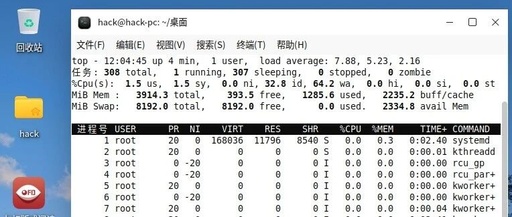An Introduction to Operating Systems for Beginners
Source: Fresh Date Classroom Original Author: Little Date Jun We use operating systems every day. Windows, Linux, Android, and iOS are all classic operating systems. With them, we can better utilize hardware terminal devices like computers and smartphones. So, what is the essence of an operating system? What functions and features does it have? What … Read more









